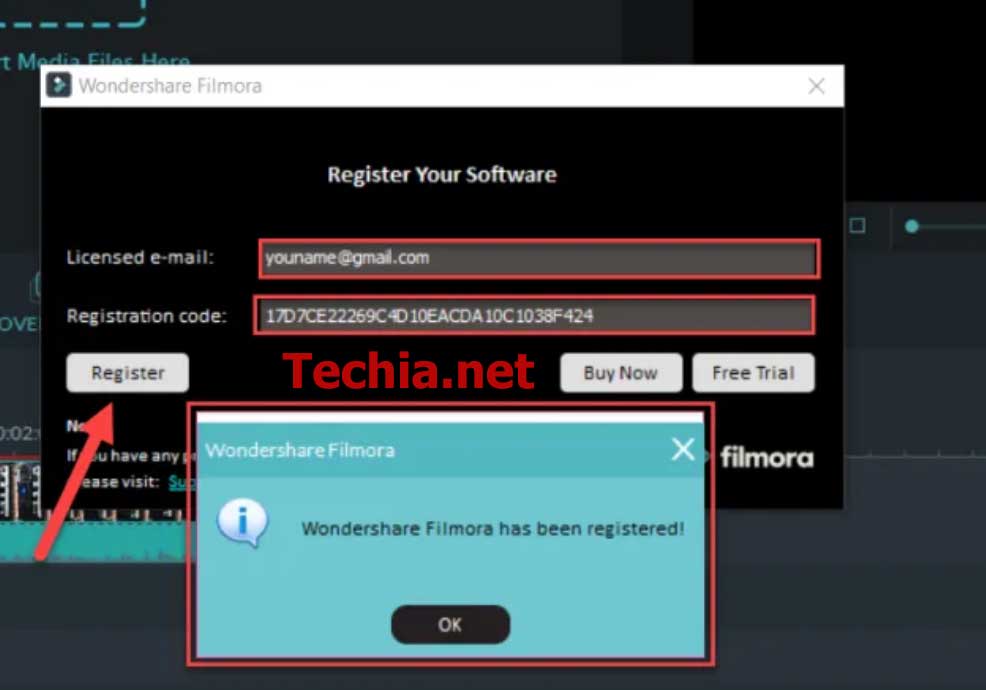

- CSV2QIF REGISTRATION CODE MAC OS X
- CSV2QIF REGISTRATION CODE INSTALL
- CSV2QIF REGISTRATION CODE ARCHIVE
- CSV2QIF REGISTRATION CODE CODE
- CSV2QIF REGISTRATION CODE TRIAL
CSV2QIF REGISTRATION CODE MAC OS X
CSV2QIF REGISTRATION CODE ARCHIVE
User the with administrator privileges (see archive version below to use without the administrator privileges).
CSV2QIF REGISTRATION CODE INSTALL
There is no need to re-download software if you already downloaded it (unless you want to download the latest version and install over the existing version on your computer or re-install the software). After the software is registered, it becomes fully unlocked.

CSV2QIF REGISTRATION CODE CODE
You can unlock the software by purchasing the registration code and registering the software or activating with your existing active registration code. IMPORTANT: You are downloading a fully functional software that is locked to convert limited number of transactions. To convert right away without limitations, please purchase the license - you have the money back guarantee.Confirm the file is importable - create a fully functional file with up to 10 transactions per file and confirm your software imports it.Confirm the parser works - all transactions are available for review inside the application.
CSV2QIF REGISTRATION CODE TRIAL
Free trial converts up to 10 transactions per file.Please read End User License Agreement before installing software. If you are using Windows XP or do not have administrative rights on your computer, use the Archive (portable) version below.

Now you can see Deposit, Payment, Memo, Payee, Check number, and Category.If you are using Microsoft Edge or have SmartScreen feature activated, and receive a warning about "unrecognized app", click "More Info" and then "Run anyway". Payee, (Memo is not shown now), Date, Check number, Withdrawal, Deposits. The transactions have to be accepted, you can review them here, as well. We have four imported transactions under the 'Royal Bank Chequing' Account, as expected. Then select 'All Accounts' (ignore the message "Don't see your account?") and click 'Import'. Switch to Quicken and click 'File' - 'File Import' - 'QIF File'.Ĭlick 'Browse' and select a QIF file. So in Quicken it will find the account name and will try to find an account that matches, as that account. This is the name, that will be used in the QIF file. Go back to the converter and paste the Account Name. Just select Account Name and right-click - 'Copy'. So if you want to import into the 'Royal Bank Chequing' Account and you have to get this name and enter it in the converter, click 'Edit/Delete account'. You have to enter Account Name as the Account Name you have in Quicken. There are different date formats, different sections, and this selector is provided easier for you to choose an application to import into.Īnother important thing is the Account Name. The file for Quicken 2015-2016 is a different file for Quicken 2014 or MS Money file. It's important to select this specific Target, because it creates different QIF files, depending on QIF Target. For Quicken 2013 we have to select Quicken 2014 or earlier. In this case, we have to revert it, just for example purposes.Īnother thing before converting is to select the QIF Target. So when you click it, make sure, that the Amounts for expenses are negative and for payments to the account are positive. For those files, you can use the button 'Change +/-' once per file to reverse the Amounts. Some Credit Card Companies supply CSV files with expenses as positive numbers and payments to the account as negative numbers. The Amount should be negative for expenses and positive for deposits. So, if Amount is not in place or Dates are not expected, or Payee not assigns, click Review Mapping and reassign those columns. The transactions Tab shows how the converter understands your file. When you open a CSV file in CSV2QIF, look for things like Date, Amount, Payee, Check number, Memo, Category. When you start CSV2QIF, point to your CSV file. This application imports QIF files, correctly prepared QIF files into all account types and we will import them into the 'Royal Bank Chequing' Account. Now we will import a QIF file into Quicken 2013. It'll give you a ready idea of how the transactions should look like in your CSV file before you convert them. On the product page, there is a sample CSV file, you can download, that will help you to try the application or if you need to know, how the CSV/Excel file should look like, you can download this file, open it in Excel. Also if you purchase before, you can use this link to download as well and register with your registration code. You can purchase on the product page, you can download the trial.


 0 kommentar(er)
0 kommentar(er)
